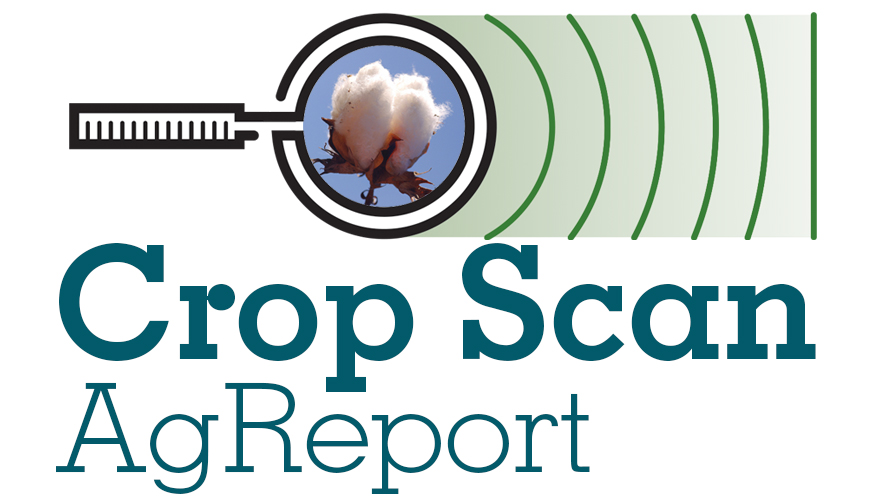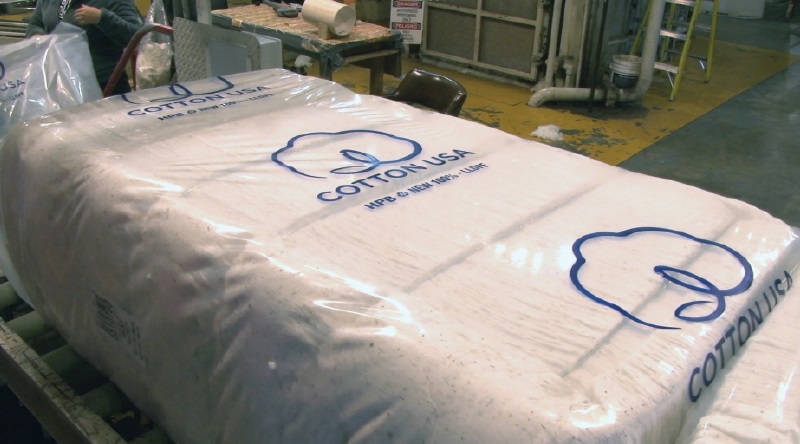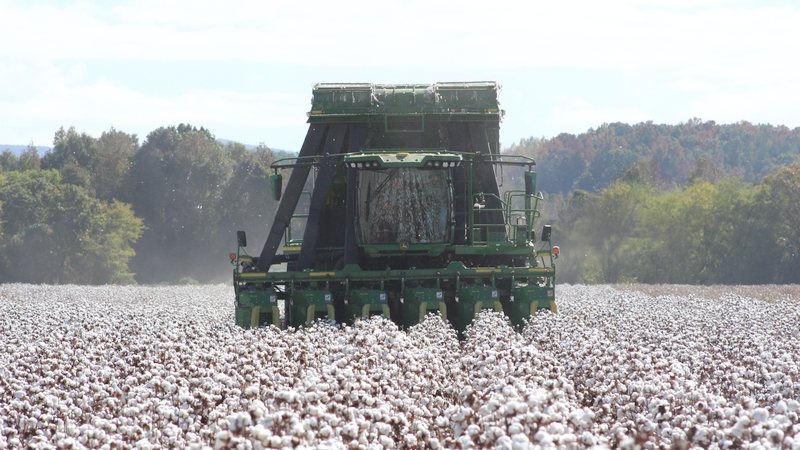Not All Gloom And Doom
The past two years for cotton have been difficult – a “well, duh!” statement if there ever was one. 2009 will also be tough, but the question is how tough?
With grain prices on their way to record-highs, cotton acreage took a punch to the gut in ’07 and ‘08. Cotton acreage is likely to take at least a tap on the head in ’09 as cotton prices, relative to grains, still favor grains for the most part.
And then there’s the uncertainty in the markets after the historic election of Barack Obama as president of the United States. Obama ran a brilliant campaign, tying John McCain to the Bush Administration and thus to the nation’s economic woes, real or imagined. Perception is reality. Obama has promised change, but the larger question is in what direction and when?
All growers of all crops are waiting with baited breath Obama’s pick for Secretary of Agriculture. A rumor of who that might be is positive for American agriculture in general, and American cotton in particular. But that is all it is so far – a rumor.
The price spike in cotton prices last March somewhat mirrored those record-high grain prices. The upward explosive was blamed – again real or imagined – on speculation rather than better fundamentals. As Rabobank’s, Michael Whitehead said, “With apologies to Elvis, fundamentals have left the building.”
That has changed – fundamentals are back in the picture. Worldwide, the fundamentals are not great for any crop because consumers are on edge.
Still, it’s not all gloom and doom, and the Cotton Grower editors have “9 Good Reasons to Plant Cotton in ’09.”
1 Whole cottonseed and cottonseed oil are cotton’s brightest star. “At $200 per ton for cottonseed, the price of lint goes up the equivalent of 14-1/2 cents per pound,” Ben Morgan with the National Cottonseed Products Association says. “Each $50 increase in cottonseed adds about 3-1/2 cents to the price of fiber. We think that’s a pretty good incentive and pretty good reason to be optimistic.” Kater Hake with Cotton Incorporated says “An anticipated smaller crop next year will affect the dynamics of cottonseed and be even more positive for growers.” bar chart one
2 Lower input costs. With the plummeting price of natural gas, a major feedstock of nitrogen fertilizer, retail prices for fertilizer followed suit. In 2007, natural gas per thousand cubic feet was nearly $11 before rising to a peak this past summer of $13. Currently, natural gas is as low as $6. For now, everyone everywhere knows how the prices of gasoline and diesel have fallen.
3 Better varieties and technologies. “We have some exciting germplasm that’s going to help increase yields,” says Monsanto’s Dave Rhylander. “We can’t take care of the prices farmers are getting for cotton, but the way we can help them out the most is to deliver varieties that are going to help them increase yields.”
4 The international cotton market. The food versus fiber conflict is resulting in many leading cotton producing nations, such as China and India, reducing cotton acreage in favor of food crops. And while demand from the U.S. and western Europe has been in decline, demand for fiber in these quickly developing countries will remain strong. Increased urbanization and a booming middle class in world giants India and China, particularly, will undoubtedly mean substantial increase in demand once the global economies go through a consumer-confidence correction. The U.S. has historically been the world’s most reliable supplier of quality cotton, and mills from around the world will turn to us when these growing needs must be filled.
5 Lower domestic and global cotton stocks. While there’s still too much cotton in the world, it appears that’s beginning to change for the better. “We think global demand is going to exceed global production,” Dr. Gary Adams with the National Cotton Council says.
As reason #4 points out, there’s the food versus fiber fight. “This is bullish for cotton prices,” Drayton Mayer of the Cotton Board believes. “Producers should be positioned accordingly.”
6 Cotton offers very good rotational possibilities. “One of the reasons I’ve stayed with cotton is because it’s a good rotation with peanuts. Being able to rotate with peanuts is good for each crop,” says South Georgia grower Jerald Carter. “We can’t grow soybeans because they have the same diseases as peanuts.”
7 Loan Value. “If the price of cotton drops below 52 cents, we have some protection,” Shawn Wade of the Plains Cotton Growers says. “Plus we have had chances out here to get premiums on the loan.” Mayers adds, “The new Farm Law has new workable regulations which makes the loan an effective safety net.”
8 Impact on Local Economies. “If Perthshire Farms is forced to grow grain, its economic impact on this area will decrease by 80%,” Gunnison, MS, cotton producer and ginner Kenneth Hood says. And as Mayers says, “Cotton is a better economic engine for local communities.”
9 “Grow cotton … because no one else is,” says California cotton merchant Ernie Schroeder, Jr. where forecasts for lower ending stocks in each of the last few previous seasons, only to see record crops, found bales and reduced demand keep stocks unchanged worldwide. “Now, it is clear that in 2009 world acreage will be sharply lower,” Shroeder says. “At some point, prices will respond in an effort to bid enough acres into cotton. Often, growers are rewarded for contrary thinking. Planting cotton at a time when most of your neighbors are reducing their cotton acreage may result in better prices, in the long run, than available when the planting decision is made.”








